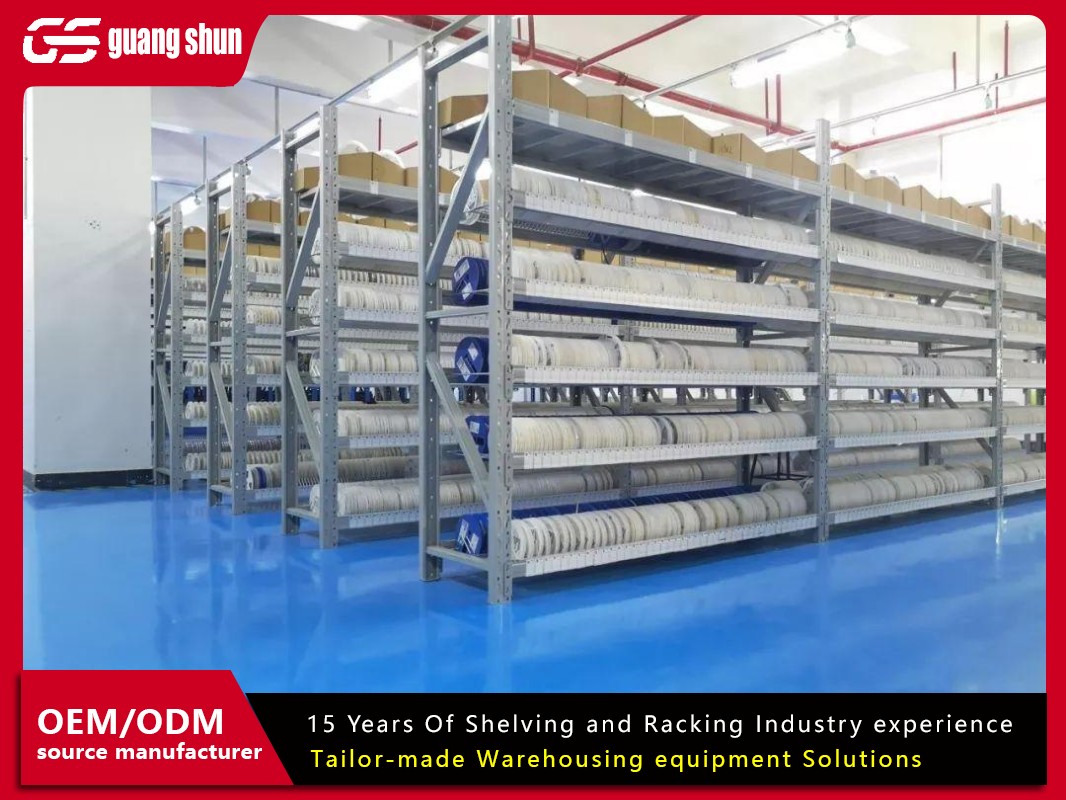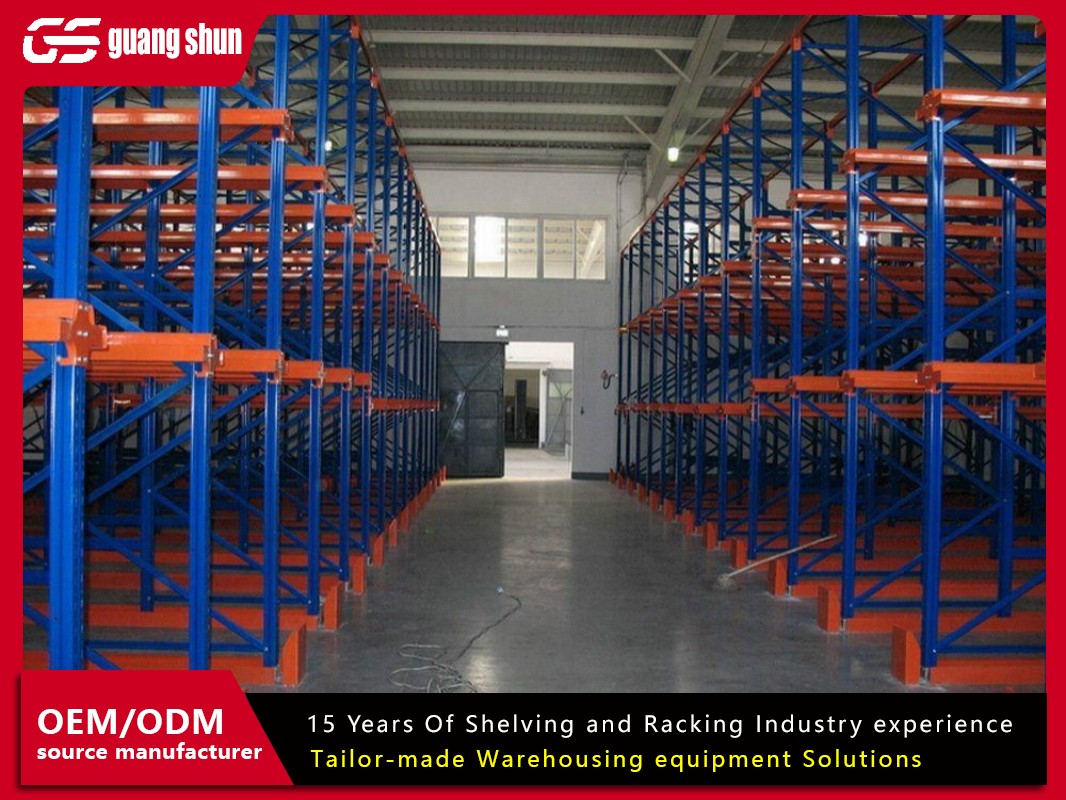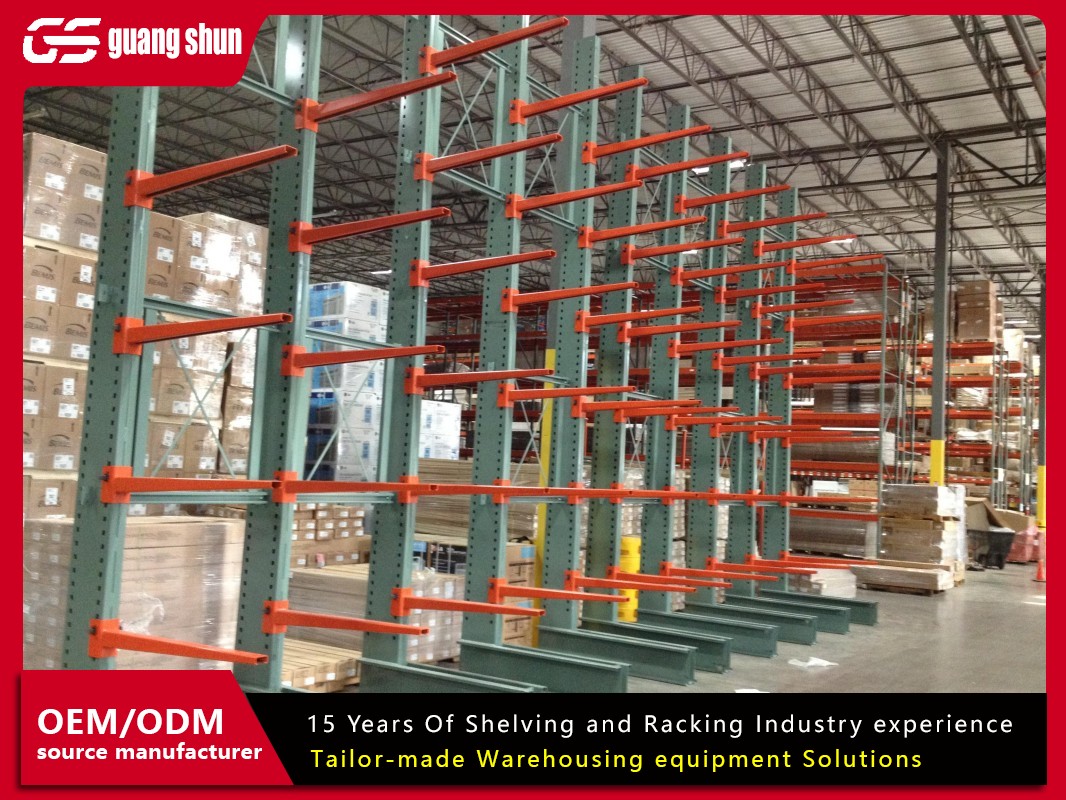In the fast-paced world of logistics and supply chain management, efficient storage solutions are the backbone of any successful operation. If you're managing a warehouse, you've likely heard the term "warehouse racking importer" buzzing around. But what exactly does it entail, and why is it becoming a game-changer for businesses worldwide? A warehouse racking importer specializes in sourcing and supplying storage systems from international manufacturers, offering a diverse range of products that can transform your storage capabilities. Whether you're dealing with seasonal peaks, expanding operations, or simply aiming to optimize space, understanding the role of a warehouse racking importer can unlock significant efficiencies. In this article, we'll dive deep into five essential aspects that define a warehouse racking importer, helping you make informed decisions that boost productivity and cut costs. From selection criteria to long-term benefits, we've got you covered—so let's explore how partnering with the right warehouse racking importer can elevate your warehouse to the next level.
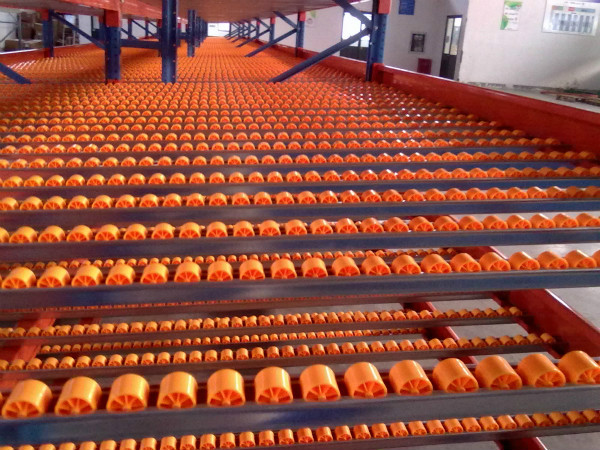
What is a Warehouse Racking Importer?
A warehouse racking importer is a specialized entity that procures storage racking systems from global manufacturers and distributes them to local markets. Unlike domestic suppliers, a warehouse racking importer leverages international trade to offer a wider variety of products, often at competitive prices. This role involves navigating customs regulations, logistics, and quality assurance to ensure that the racking systems meet local standards and client needs. For businesses, this means access to innovative designs and materials that might not be available domestically. By acting as a bridge between international producers and end-users, a warehouse racking importer helps companies customize their storage solutions based on specific requirements, such as load capacity, space constraints, and industry regulations. This aspect is crucial because it highlights the importer's ability to provide tailored solutions that enhance warehouse efficiency, reduce lead times, and support scalable growth. In essence, a warehouse racking importer isn't just a supplier; they're a strategic partner in optimizing your storage infrastructure.
The Benefits of Partnering with a Warehouse Racking Importer
Working with a warehouse racking importer brings numerous advantages that can significantly impact your bottom line. First, cost-effectiveness is a major draw; by sourcing directly from low-cost manufacturing hubs, a warehouse racking importer can offer high-quality racking systems at lower prices compared to local alternatives. This is especially beneficial for small to medium-sized enterprises looking to maximize their budgets. Second, variety and customization are key benefits. A reputable warehouse racking importer provides access to a broad spectrum of racking types—from selective pallet racks to drive-in systems—allowing you to choose solutions that fit your exact needs. Third, expertise in international standards and compliance ensures that the products adhere to safety and quality norms, reducing risks of accidents or non-compliance penalties. Additionally, a warehouse racking importer often offers value-added services like installation support and maintenance, which streamline the implementation process. Lastly, scalability is a huge plus; as your business grows, a reliable warehouse racking importer can quickly supply additional or upgraded systems without major disruptions. Overall, these benefits make a warehouse racking importer an invaluable asset for any logistics-driven business aiming to stay competitive.
How to Choose the Right Warehouse Racking Importer
Selecting the right warehouse racking importer is a critical decision that requires careful evaluation. Start by assessing their experience and reputation in the industry. Look for importers with a proven track record, positive client testimonials, and case studies that demonstrate their ability to handle projects similar to yours. Second, verify their product range and quality standards. A competent warehouse racking importer should offer diverse options and provide certifications for materials and safety compliance, such as ISO standards or local regulatory approvals. Third, consider their logistics and supply chain capabilities. An efficient warehouse racking importer will have robust processes for shipping, customs clearance, and delivery timelines to avoid delays. Fourth, evaluate their customer service and support. From initial consultation to after-sales service, a good warehouse racking importer should be responsive and offer technical assistance, such as site assessments or installation guidance. Fifth, analyze cost structures and transparency. Ensure that the warehouse racking importer provides detailed quotes without hidden fees, and compare pricing against the value offered. By focusing on these factors, you can partner with a warehouse racking importer that aligns with your operational goals and ensures a smooth, reliable supply chain.
Common Types of Racking Systems Sourced by a Warehouse Racking Importer
A warehouse racking importer typically deals with a variety of racking systems to cater to different warehouse needs. Understanding these types can help you make informed choices when sourcing from a warehouse racking importer. First, selective pallet racking is one of the most common systems, offering easy access to all pallets and ideal for warehouses with high SKU variety. Second, drive-in racking maximizes storage density by allowing forklifts to drive into the structure, making it perfect for high-volume, low-variety inventory. Third, push-back racking systems provide last-in, first-out (LIFO) access, enhancing efficiency in dynamic environments. Fourth, cantilever racking is designed for long, bulky items like pipes or lumber, and a skilled warehouse racking importer can source customizable versions to handle unique loads. Fifth, mobile racking systems, which move on tracks to create aisles only when needed, are gaining popularity for space-constrained facilities. Each of these systems has specific advantages, and a knowledgeable warehouse racking importer can guide you in selecting the right mix based on your inventory turnover, space availability, and budget. By offering these options, a warehouse racking importer ensures that your storage solution is not only functional but also future-proof.
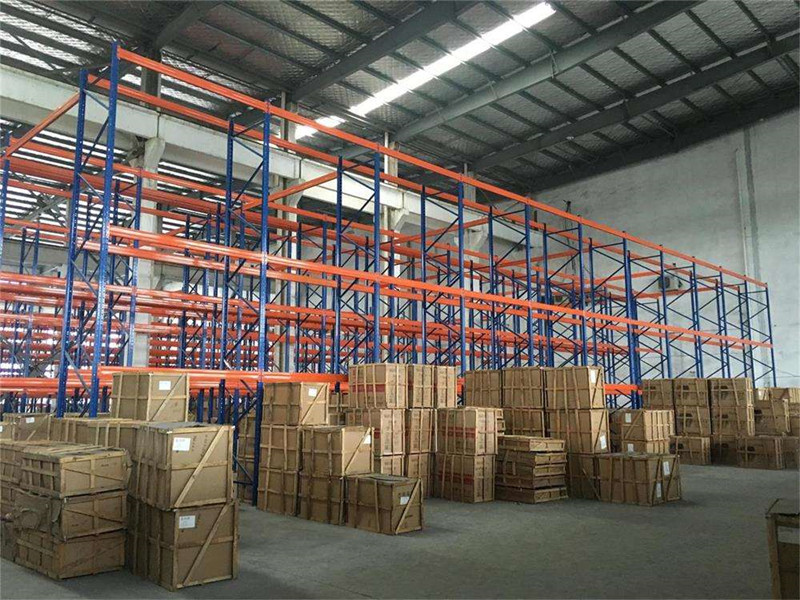
The Import Process and Logistics with a Warehouse Racking Importer
Navigating the import process with a warehouse racking importer involves several steps that ensure timely and cost-effective delivery. Initially, the warehouse racking importer conducts a needs assessment to understand your requirements, followed by product sourcing from verified international manufacturers. Once an order is placed, the warehouse racking importer handles documentation, including bills of lading, customs declarations, and insurance, to comply with trade regulations. Shipping is a key phase, where the importer coordinates sea or air freight based on urgency and budget, often leveraging relationships with logistics providers to secure competitive rates. Upon arrival, the warehouse racking importer manages customs clearance and local transportation to your site. Finally, many importers offer installation support to ensure the racking systems are set up correctly and safely. Throughout this process, a reliable warehouse racking importer maintains communication, providing tracking updates and addressing any issues that arise. This end-to-end service minimizes your involvement in complex logistics, allowing you to focus on core operations. By understanding this process, you can better appreciate the value a warehouse racking importer brings in streamlining international procurement.
In summary, a warehouse racking importer plays a pivotal role in modern warehouse management by providing access to diverse, cost-effective storage solutions from around the globe. From understanding their core functions to evaluating selection criteria and navigating the import process, each aspect highlights the importance of choosing a partner who aligns with your business needs. By leveraging the expertise of a warehouse racking importer, you can enhance storage efficiency, reduce costs, and scale operations seamlessly. As the logistics industry evolves, staying informed about these key aspects will empower you to make strategic decisions that drive long-term success. If you're considering upgrading your warehouse infrastructure, a warehouse racking importer could be the catalyst for transformative growth.
Frequently Asked Questions
Q1: What exactly does a warehouse racking importer do?
A1: A warehouse racking importer sources storage racking systems from international manufacturers and supplies them to local markets. They handle everything from product selection and quality checks to logistics, customs clearance, and often installation support, ensuring clients receive tailored, compliant solutions for their warehouse needs.
Q2: Why should I choose a warehouse racking importer over a local supplier?
A2: Opting for a warehouse racking importer can offer cost savings due to global sourcing, access to a wider variety of racking systems, and innovative designs not available locally. They also bring expertise in international standards, which can enhance safety and efficiency in your warehouse operations.
Q3: How do I verify the quality of products from a warehouse racking importer?
A3: To ensure quality, check if the warehouse racking importer provides certifications like ISO standards, material test reports, or compliance with local safety regulations. Request references, review case studies, and consider visiting previous installations to assess durability and performance firsthand.
Q4: What are the common challenges when working with a warehouse racking importer?
A4: Common challenges include potential delays in shipping due to customs or logistics issues, language barriers with international manufacturers, and ensuring consistent quality. However, a reputable warehouse racking importer mitigates these by maintaining strong supply chain relationships and offering transparent communication.
Q5: Can a warehouse racking importer help with custom racking solutions?
A5: Yes, many warehouse racking importers specialize in customizing racking systems based on specific client requirements, such as unique dimensions, load capacities, or material preferences. They work closely with manufacturers to design and produce solutions that optimize your warehouse space and functionality.



